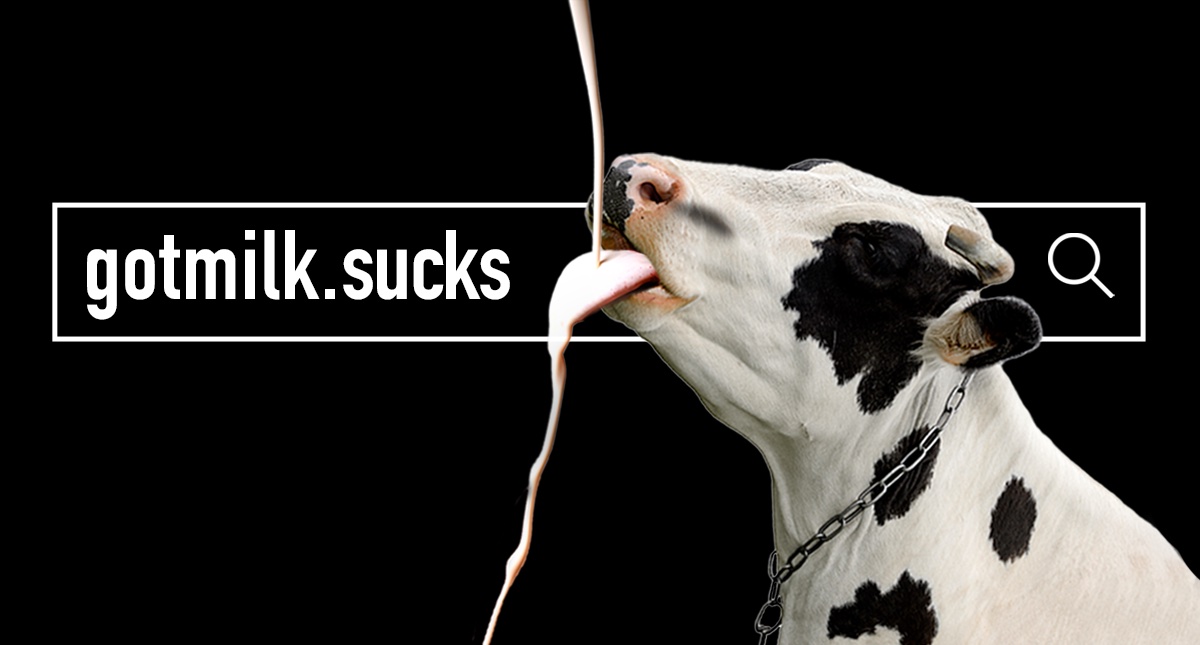Facebook took a few hits in 2017. The social media giant came under fire following the 2016 Presidential election when it was suggested that the “fake news” disseminated across the site may have played a role in Trump’s victory. It’s also seen a steady decline in user activity recently, showing a -0.1% decrease year-over-year during September 2017 following a -0.9% decline in August.
In the wake of some less-than-flattering publicity, Facebook is overhauling their news feed feature to promote a more user-focused experience. This means users are going to be subjected to fewer news articles, fewer ads and less marketing content. Mark Zuckerberg wrote in a post that the change is meant to “encourage meaningful interactions between people” and make sure the service is “good for people’s well-being.” Basically, Facebook is saying goodbye to fake news and hello to more updates about your friend’s adorable puppy.
While this news is music to the ears of many users, the question becomes: what does this mean for marketers, advertisers and news services that rely on Facebook to reach their online consumer base? Many companies and media personalities are already condemning the algorithm change and bemoaning the toll this will take on news sites and small businesses. Organic post reach will become almost impossible, as content that would typically pop up in personal news feeds will now be relegated to the “explore feed”—a separate tab in the left sidebar that many users are bound to miss or forget about.
So, faced with this uphill battle, how can brands adapt to these Facebook news feed changes to ensure their marketing efforts get in front of the right eyes? Well, the first step is to adopt a more unique and unconstrained marketing platform (say, a memorable .SUCKS domain), but there are a number of other ways brands can still reach their audience.
Buy Facebook Ads

Buying ads is a great option for brands that rely heavily on their Facebook posts and pages for brand awareness. Facebook ads can be formatted as a temporary campaign to capture users’ attention, then can direct them to the brand’s own website or product. This strategy was successfully implemented by Buzzfeed, who used their paid ads to point users towards downloading the Buzzfeed app. In this way, Buzzfeed was able to use ads to create a direct line between creator and consumer, which cut out the middleman.
Create Content for Your Audience
Directionless and meaningless content is a surefire way to sink your marketing ship. Now that the site is focusing on personalized and organic interactions, brands need to create content that really speaks to their customers.
To implement this strategy, brands should begin developing a personalized voice. Asking questions can entice responses, which engages an audience with thoughtful replies and publish truly helpful information.
A .SUCKS site is a vehicle built specifically to help brands start a conversation, and can therefore be a strong platform for active engagement with an audience. Plus, because content that generates meaningful interactions will now be prioritized (specifically those that prompt longer comments from fans), brands who simply post for the sake of posting without really considering who their customers are will fall behind those who create an exciting and insightful experience.
Experiment with Live Video

Live video is a dynamic form of information and entertainment dissemination. The new Facebook is looking for content that is actively engaging its users and live videos have approximately 6 times the engagement of regular video content. So, if your marketing strategy does not already make use of this style of content, it might be time to mix things up a bit.
Start a Facebook Group
Facebook groups are not subject to the same limitations as marketing content and ads, so posts within a group will still appear in the feeds of those who are part of or liked a group. Create a group for your brand and use it as another way to serve quality content to interested parties. As long as your content is interesting, relevant and not spammy, why wouldn’t people choose to follow you?
Explore Other Platforms
Brands who put all their eggs in one marketing basket are doing themselves a great disservice. Sure, standing out on Facebook might have just become that much harder, but what about exploring Google Adwords, YouTube, Twitter, brand newsletters or Snapchat? You could even get really creative and use a unique .SUCKS domain as a way to reach your audience? The digital world shifts rapidly and without mercy, so make sure you’re not leaning too heavily on one particular pillar of social media when it comes to distributing your content.
The Takeaway
The Facebook news feed update doesn’t have to mean the end of your marketing efforts on this platform. After all, if Zuckerberg is right and this new Facebook is what users really want, then it’s in your brand’s best interest to embrace this new challenge and adapt your strategy accordingly. Who knows? This could be just the thing to kickstart a marketing overhaul that will see your brand shine like never before.
If you’re looking for quality over clickbait, use a domain like ASneakySalesman.Sucks to brainstorm where digital marketing should go from here.
Photo Credits: Shutterstock / wavebreakmedia, Shutterstock / GaudiLab, Shutterstock / Rawpixel










